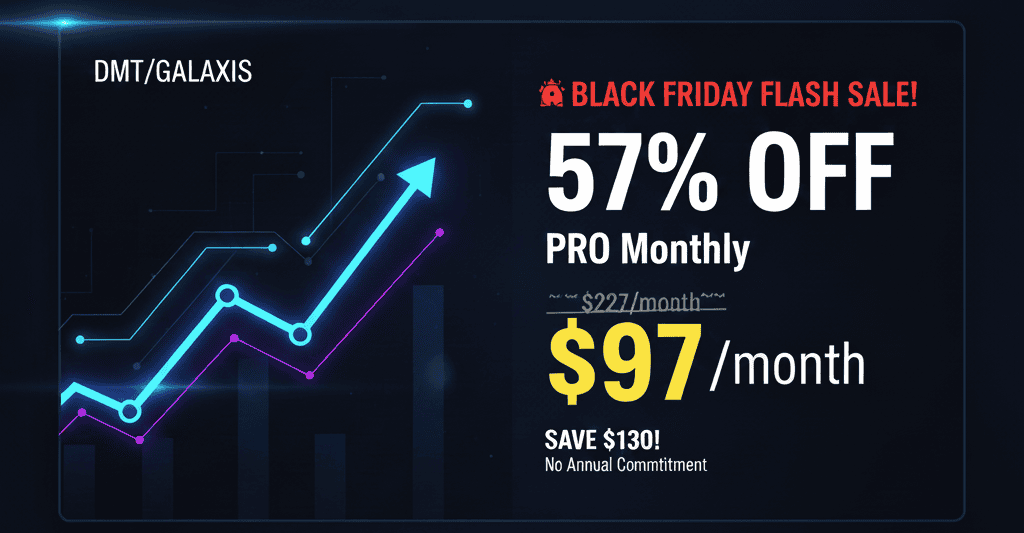Comparing Software Solutions for Operational Efficiency
Comparing software solutions for operational efficiency is essential for organizations seeking to enhance their productivity and streamline workflows. This guide will provide a structured approach to evaluating various software options, ensuring you make informed decisions that align with your operational goals.
Benchmarking Software Effectiveness
To effectively benchmark software solutions, start by defining key performance indicators (KPIs) relevant to your operations. Common KPIs include productivity metrics, cost savings, and user satisfaction ratings. Research industry standards for these metrics; for instance, a study by the McKinsey Global Institute found that organizations adopting effective project management tools can increase productivity by up to 25% .
Next, gather data on potential software options through user reviews and case studies. Platforms like G2 or Capterra offer insights into user experiences across different industries. Focus on specific features that impact effectiveness, such as integration capabilities and customization options.
Finally, create a comparison matrix that includes the identified KPIs alongside each software’s offerings. This visual representation will help you evaluate which solution aligns best with your operational objectives.
Optimizing Business Workflows
Optimizing workflows requires a clear understanding of existing processes and identifying bottlenecks. Begin by mapping out current workflows using flowcharts or process diagrams. Tools like Lucidchart can assist in visualizing these processes effectively.
Once you’ve documented workflows, assess where inefficiencies occur—such as redundant tasks or communication breakdowns. A study from the Harvard Business Review indicates that companies with streamlined workflows see an average increase in employee engagement by 20% .
Evaluate how different software solutions can address these inefficiencies. Look for features such as task automation, real-time collaboration tools, and analytics dashboards that provide insights into workflow performance. Prioritize solutions that offer user-friendly interfaces to ensure team adoption.
Evaluating Technology Impacts on Operations
Assessing the impact of new technology on operations involves both qualitative and quantitative analysis. Start by setting measurable goals related to the implementation of new software—these could include reducing response times or improving project delivery rates.
Implement pilot programs with selected software solutions to gather data before full-scale deployment. According to research from Deloitte, organizations utilizing pilot testing report a 30% higher success rate during full implementations . Monitor key metrics throughout this phase to gauge effectiveness.
Additionally, conduct regular feedback sessions with users during the pilot phase to understand their experiences and challenges. This qualitative data will provide context around quantitative metrics and inform necessary adjustments before wider rollout.
Checklist for Software Comparison
- Define relevant KPIs based on operational goals.
- Gather user reviews and case studies.
- Create a comparison matrix of features against KPIs.
- Map out existing workflows and identify bottlenecks.
- Evaluate automation capabilities of potential tools.
- Set measurable goals for technology implementation.
- Conduct pilot tests before full deployment.
- Collect feedback from users during testing phases.
FAQ
What factors should I consider when comparing operational efficiency tools?
Consider integration capabilities, user interface design, customer support availability, scalability options, and pricing structures when evaluating tools.
How can I measure the impact of new software on my team’s productivity?
Establish baseline productivity metrics before implementing new software; compare these metrics post-deployment using similar time frames for accurate assessment.
What are the key features of effective operational efficiency solutions?
Look for automation functionalities, real-time analytics dashboards, collaboration tools, customizable workflows, and robust reporting capabilities in efficiency solutions.
Which companies benefit most from using specialized software comparisons?
Companies undergoing digital transformation or those operating in highly competitive environments often find specialized comparisons beneficial in identifying tailored solutions that meet their unique needs.
By following this structured approach to comparing software solutions for operational efficiency, you can make informed decisions that enhance your organization’s productivity while minimizing disruption during transitions between systems.
